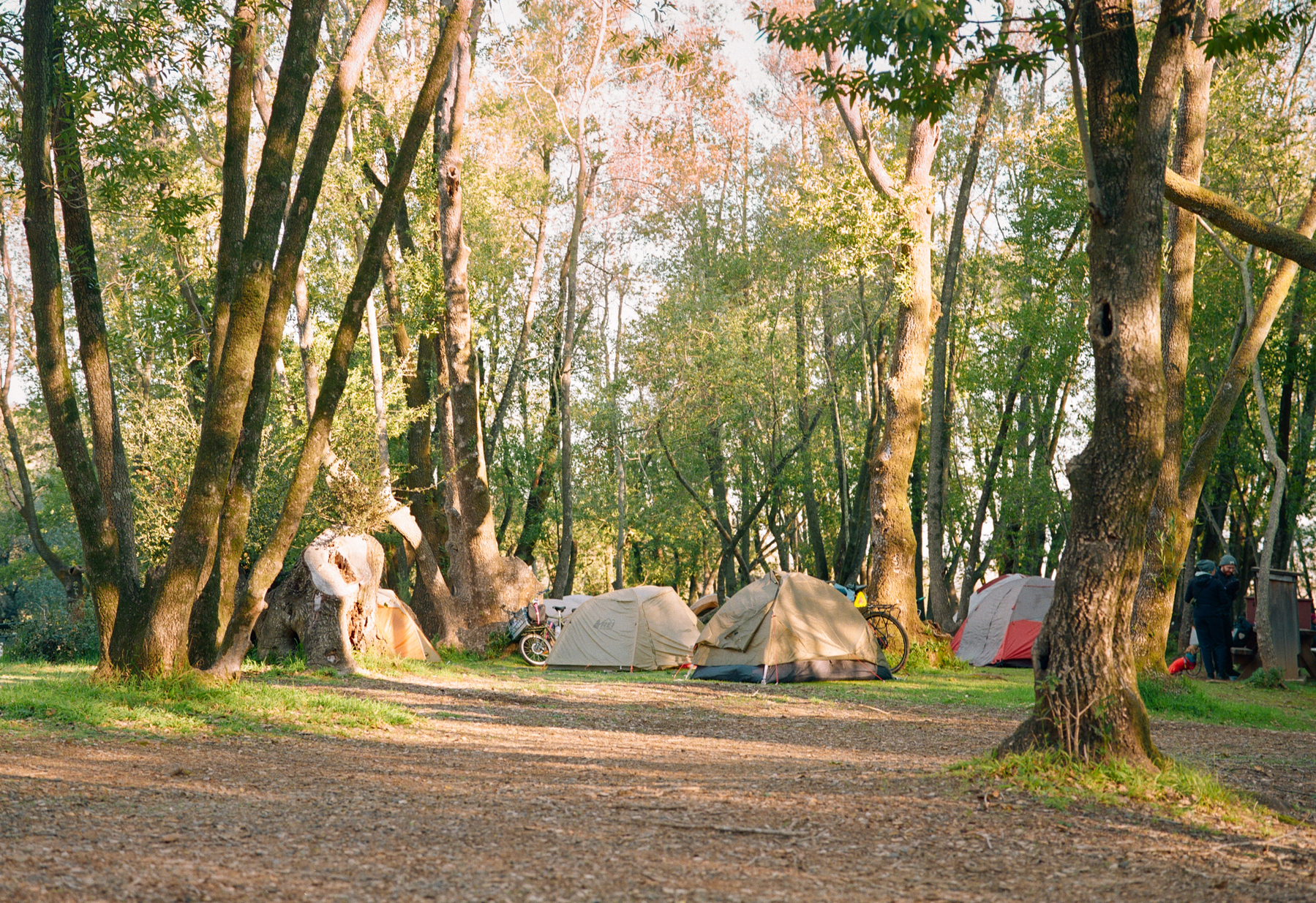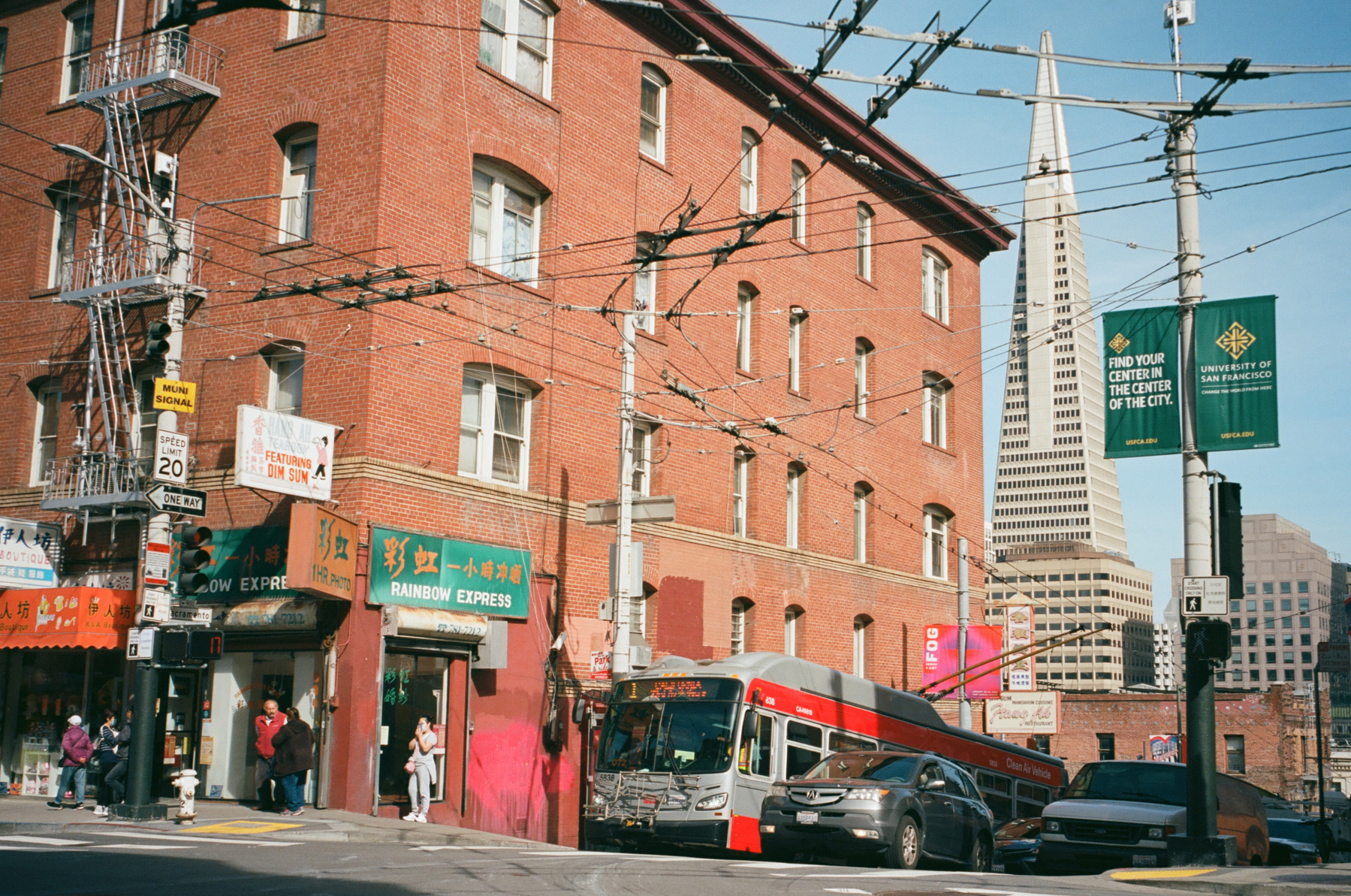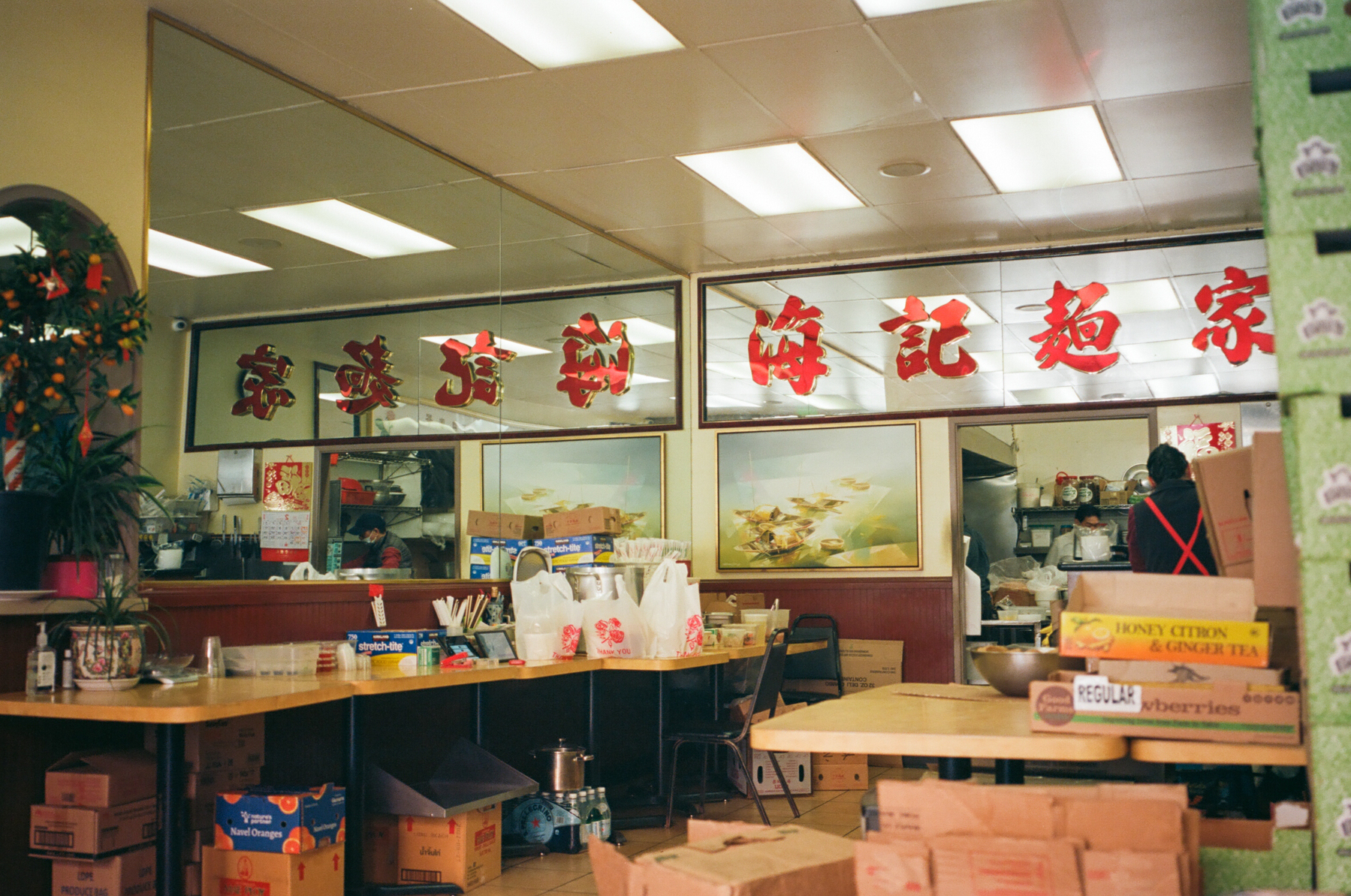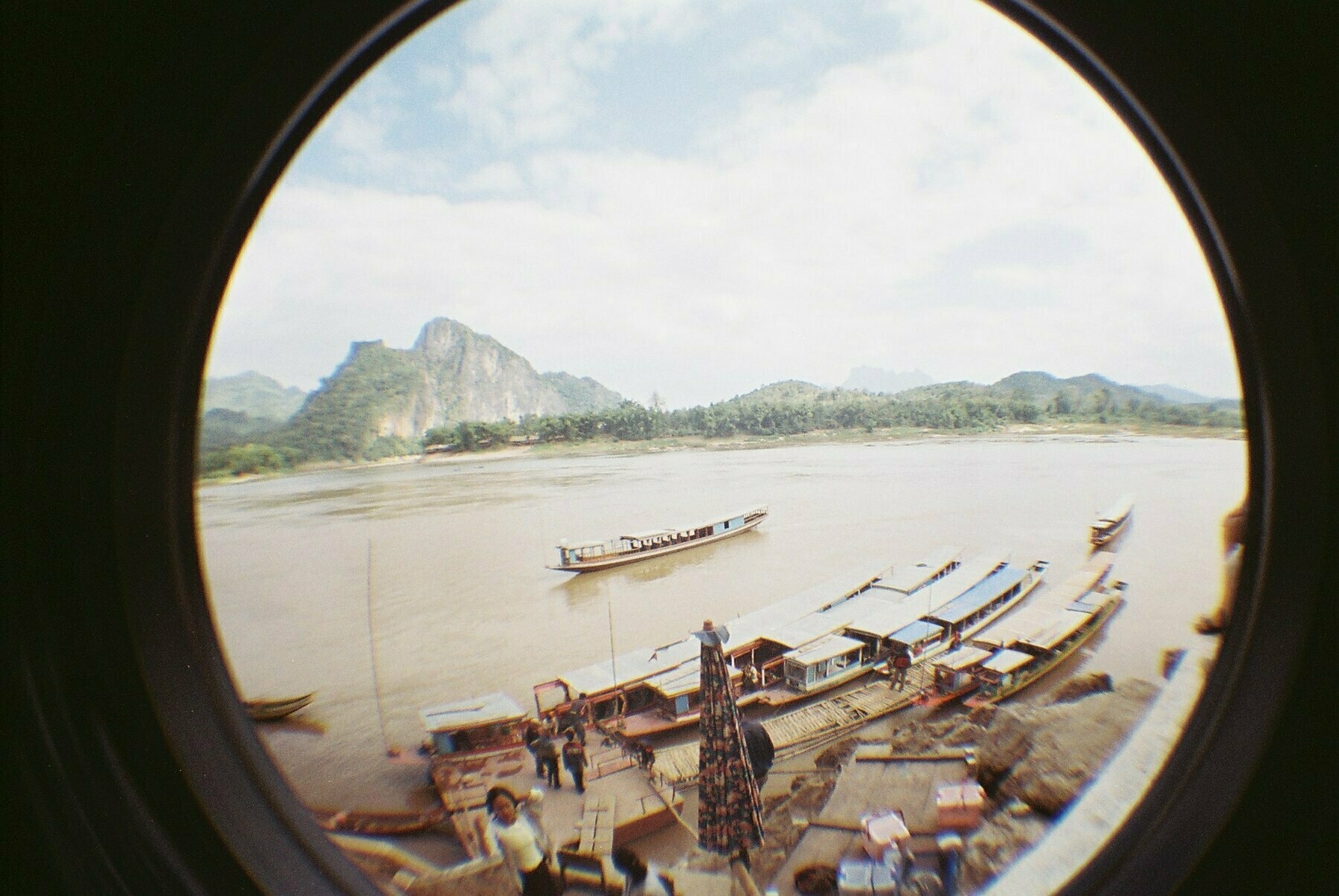Finished reading: Daido Moriyama: How I Take Photographs by Takeshi Nakamoto 📚
Daido Moriyama is one of the photographers I admire the most. His work (black and white street photography) is an influence on the kind of work I am trying to do in my photography; and his shooting style most resonates with me. He is known to mostly shoot with compact cameras, especially the Ricoh GR series.
This photography book is unique in that it isn’t just a book of his published photos centered around a theme. Sometimes, I get quite bored of those types of books: Western photographers who go to India, for example, and shoot hundred page photo books that feel vaguely exploitative and white-gazey, are an example of the types of photography I very much dislike.
Since I know Asia, and Asian cities quite well, I have a finely tuned nose for that sort of thing. I don’t find Asia exotic because, well, I am from there. So I tend to look to the Japanese, Chinese, Indian, Bangladeshi photographers I admire whose body of work situates them within places they work in, where, they have frankly far more interesting things to say. (Dayanita Singh’s photography, for example, does not need to rely on that pop and shock of India’s color or festivals or ‘weirdness’ to make a point: her long term work embedded in local communities tell me so much more about the place than, “India is so strange and exotic!”)
So it is with Daido Moriyama. There’s no mistaking a Daido Moriyama photograph for someone else’s. No matter where he’s shooting, whether it’s Japan or Argentina. If there is a photographer whose ‘personal vision and style’ I want to learn most, it is his.
This book is written by his collaborator, a Japanese author and photographer who shadowed Moriyama on several trips, all the while asking: what advice do you have? What are you thinking? What message are you trying to make?
And all Moriyama says is:
- Just go out and shoot
- Shoot as much as you can (he believes in having quantity as a way to get quality photos)
- He walks up and down a street both ways and he takes about a roll of film per direction
- He thinks there is value in observing the mundane
- Some basic tips, like ‘if you shoot a body of water against the light, the contrast is quite nice especially in black and white’ but he refuses to believe there are any specific tips that are applicable to all
- He cares about doing the work more than talking about the technique or gear
The book also says that he teaches sometimes, and many of his students are trying to break into fashion or avant garde photography. For those students, he advises that the work is the same as that of someone trying to do photojournalism or documentary photography. Go out and shoot mundane things. Find a building, take a hundred photos of it. Learning to see beauty in the mundane is the most important skill one can develop.
Each part of the book is based in a certain location. So when he goes to Ginza, for example, there is a photo of the contact sheet that he shot. It was actually nice to see that a master has a ton of duds, too. Not that he ever pretended otherwise: but it was still assuring to know that Daido Moriyama isn’t getting 36 book or exhibition worthy photos out of every roll of 36.
Lastly, he advises that the most important thing to do when you take a photograph is that you must have a desire to make that photograph. Not necessarily to tell a story or make a point (in fact, he says that arriving somewhere and having a pre-conceived idea of the location or community’s politics or social message is not a good way to take photos, that he prefers to just witness). But that you must feel that you have to take that photo.
Moriyama also has a lot of things to say about film vs digital. He’s gone digital now, and there’s no going back! Having used both the Ricoh GR film and digital cameras, and also being agnostic to the film vs digital debates (currently, I am shooting more film to learn the darkroom arts specifically, but if I were to go back to working again as a photographer, it would probably make more sense to be digital-first, especially given film costs these days), I think he’s right. The Ricoh GR digital cameras are extremely capable, and they are my favorite film cameras. I do miss the contrasty T-Max grain and quality of his earlier work, but artists are allowed to evolve their vision and tools, and experiment. I appreciate this non-dogmatic quality about Moriyama.
I would highly recommend this book even if you don’t love this type of street photography. It’s a good way to get an insight into how a great photographer works and thinks, beyond gear talk and such. The world has too much of the latter; but books like these are what I appreciate much, much more.



